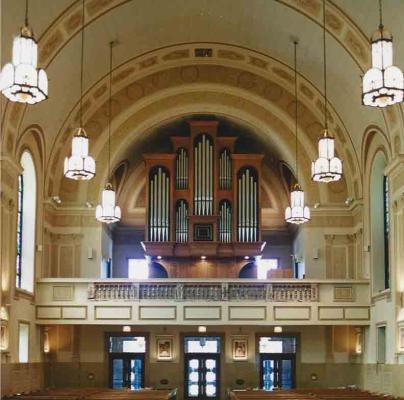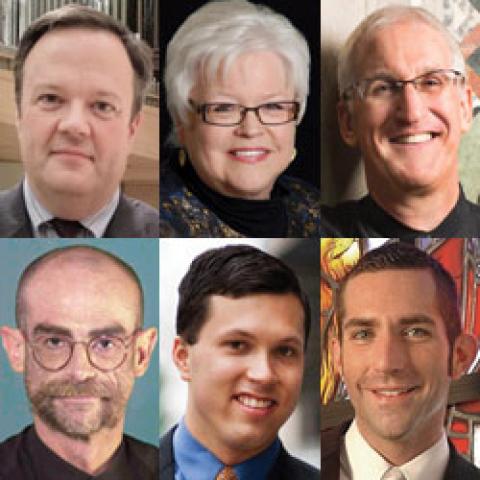
THE DIAPASON, along with the Chicago and Fox Valley chapters of the American Guild of Organists, and the Chicago-Midwest Chapter of the Organ Historical Society, will present the Midwinter Pipe Organ Conclave January 18 and 19 in La Grange, Illinois.
Featured recitalists are David Schrader, Jonathan Rudy, and Scott Montgomery, with lectures by Stephen Schnurr, Philip Kloeckner, and Karen Brunssen. The churches are instruments to be used are all in La Grange: First Presbyterian Church (1962 Aeolian-Skinner III/40), Emmanuel Episcopal Church (1970 Casavant, III/63), and St. Francis Xavier Catholic Church (2003 Berghaus, II/32).
Registration ($50) covers all the events, including Monday lunch.
For more information and to register, visit www.midwinterconclave.org.



